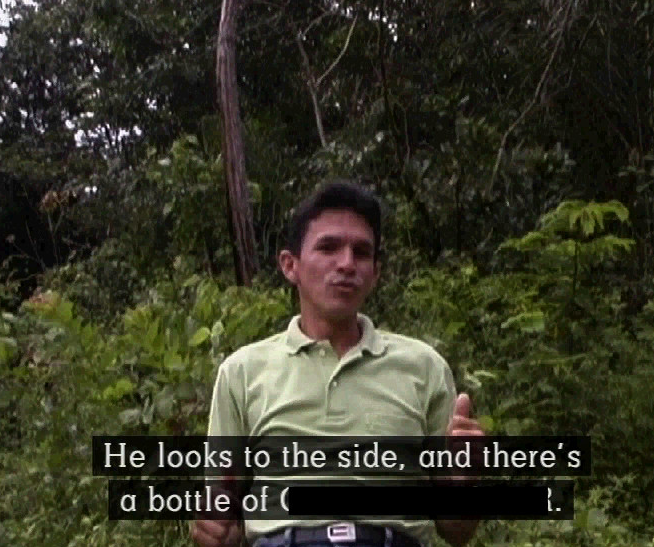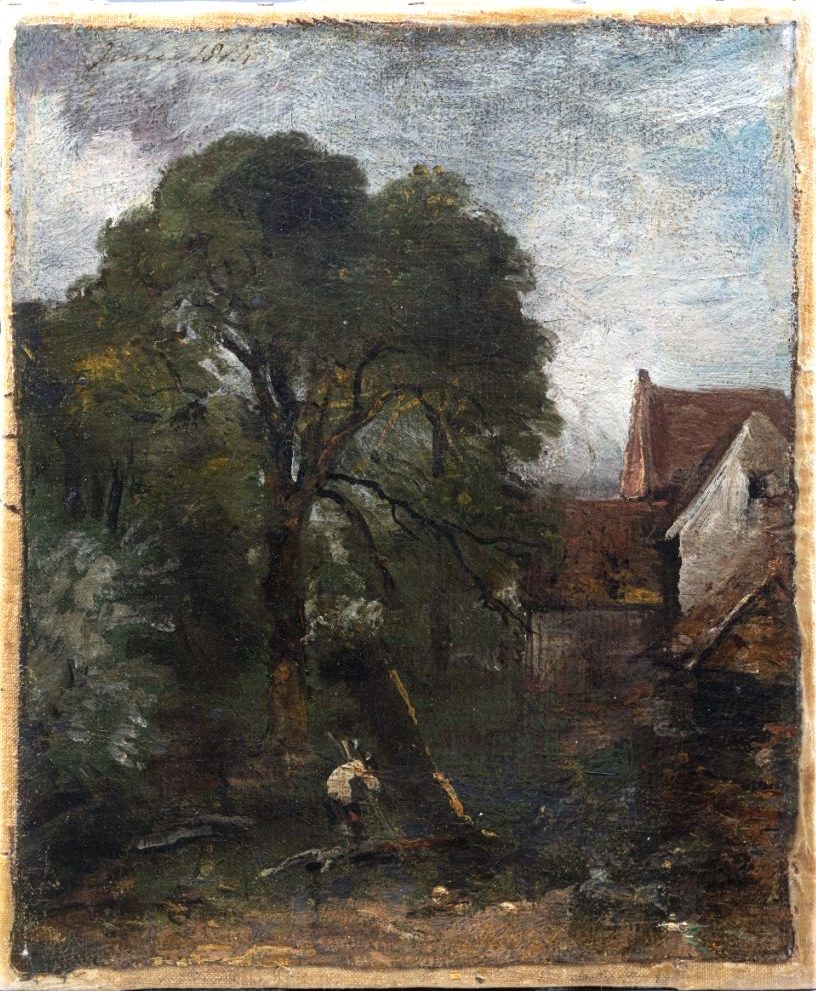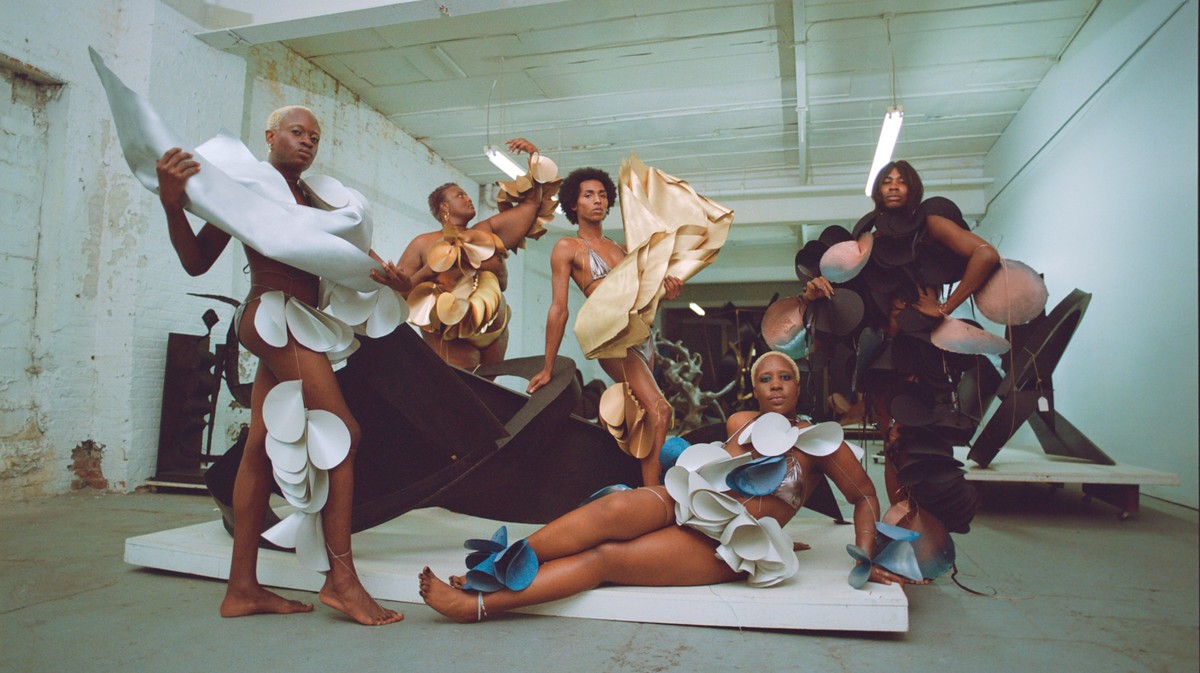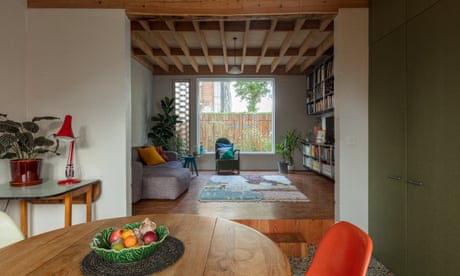Guarana Power Commercials
2004 - Film & Video (Film & Video)
SUPERFLEX
SUPERFLEX makes a distinction between two types of projects with different temporalities: works that occur during an exhibition and other that evolved over several years. Thus, since 1997, they are working on a biogas system (SUPERGAS), first installed in Kenya, then Thailand and today in Mexico, perfecting at each stage the means of production, utilization and commercialization of this system. GUARANA POWER is one of these sustainable projects that create a real economy. The story begins in 2003 when SUPERFLEX was invited to Maués by a foundation and the government of the Brazilian state of Amazonas; this led to a collaboration with a cooperative of Guarana farmers. Maués is famous for its Opera shown in the film Fitzcarraldo but also as an industrial area situated in a free zone and housing multinationals such as Toshiba, Samsung or Benetton. During a first workshop with the Guarana farmers, they started discussing how to find common solutions to cultivate and commercialize Guarana without bending to the demands of the multinationals (like Antartica) who exploit the fruit and constantly reduce production costs and therefore labour costs. Thus the farmers’ experience and the concepts introduced by SUPERFLEX lead to the set up of efficient strategies of communication which are regularly perfected to sell the Guarana Power bottles internationally. Right from the beginning of the project, Superflex decided to self-censure itself by using a barred logo following threat by the main multinational. The artwork was also censured by the director of the Sao Paulo Biennale in 2006, which provoked important reporting in the press at the time. More generally, this project poses the question of the role of art and its limitations with regards producing effective consequences in response to a socio-political situation.
SUPERFLEX work on a number of projects linked to their avowed interest in political and social engagement on a local scale. They don’t place themselves in opposition, but they unpick the political, economic and communication strategies that have been put in place in a context in order to make them more visible. SUPERFLEX intervene in places where it appears necessary to implement a “counter-economic” solution by experimenting with means of alternative production. They conceive their project in response to a context, whether it is that of an artistic institution or a social situation and create works that often establish a link between these two realities. The Danish collective was founded in 1993 by Bjørnstjerne Reuter Christiansen (1969), Jakob Fenger (1968) and Rasmus Nielsen (1969).
Colors:
Related works sharing similar palette

© » SLASH PARIS
Météo des forêts — La MABA — Exhibition — Slash Paris Login Newsletter Twitter Facebook Météo des forêts — La MABA — Exhibition — Slash Paris English Français Home Events Artists Venues Magazine Videos Back Météo des forêts Exhibition Film, installation, mixed media Upcoming Julien Prévieux et Virginie Yassef, L’Arbre, 2009 — Image : Élie Godard Film Super 8 transféré sur DVD — 7 min 18 — Ed 4 + 2 Courtesy des artistes Météo des forêts In about 1 month: January 18 → April 7, 2024 La MABA présente, du 18 janvier au 7 avril 2024, Météo des forêts : une exposition collective réunissant des travaux d’artistes de diverses générations travaillant différents médiums (dessin, photographie, vidéo, sculpture, installation…)...

© » KADIST
Taiki Sakpisit
2011A Ripe Volcano , a collaboration with Yasuhiro Morinaga, revisits two sites of violence and aggression in Thailand’s recent past: The Rattanakosin Hotel, the site where the military troops captured and tortured the civilians, students and protestors who were hiding inside the hotel during the Black May of 1992; and Ratchadamnoen Stadium, a Roman amphitheater-style Muay Thai boxing arena, which was built in 1941-45 during the Second World War and since then has become the theatrical labyrinth for more acculturated and commercially “acceptable” displays of bloodshed...

© » KADIST
Gregory Crewdson
2005Forest Gathering N.2 is part of the series of photographs Beneath the Roses (2003-2005) where anonymous townscapes, forest clearings and broad, desolate streets are revealed as sites of mystery and wonder; similarly, ostensibly banal interiors become the staging grounds for strange human scenarios...

© » KADIST
Lim Sokchanlina
2018The photographic series Wrapped Future II by Lim Sokchanlina brings fences used on construction sites to enclose the surrounding areas, to different locations, lakes, valleys and forests; and places them at the center of works to obscure the beautiful Cambodian landscape...

© » KADIST
Bani Abidi
2008The threshold in contemporary Pakistan between the security of private life and the increasingly violent and unpredictable public sphere is represented in Abidi’s 2009 series Karachi ...

© » HYPERALLERGIC
John Steuart Curry: Weathering the Storm Skip to content John Steuart Curry, “Tornado Over Kansas” (1929), oil on canvas, (46 1/4 × 60 3/8 inches) “Tornado Over Kansas” (1929) is an iconic image in United States pop culture, but few people know its creator, John Steuart Curry, whose paintings of picturesque landscapes, communal gatherings, and devastating natural disasters have defined the country’s perceptions of the American Midwest since the late 1920s...

© » HYPERALLERGIC
Mysterious Magritte Painting Could Fetch $63M at Auction Skip to content René Magritte, “L’ami intime (The Intimate Friend)” (1958), oil on canvas, 28.5/8 x 25.1/2 inches (image courtesy the Gilbert and Lena Kaplan Collection and Christie’s London) In a centenary celebration of the artistic and literary movement spawned by André Breton’s Surrealist Manifesto (1924), Christie’s London will host its Art of the Surreal evening sale on March 7 with a leading highlight that hasn’t been shown since 1998...

© » HYPERALLERGIC
Nani Chacon Finds the Essence of Home Skip to content Nani Chacon, "I Miss You…" (2023), graphite and acrylic on polytab, 102 x 140 inches (all photos by ofstudio, courtesy Timothy Hawkinson Gallery) LOS ANGELES — “[Nani Chacon] addresses how a secure home is essential.” This the phrase, from the press release for Chacon’s exhibition + Home+ at Timothy Hawkinson Gallery, forced me to pause...
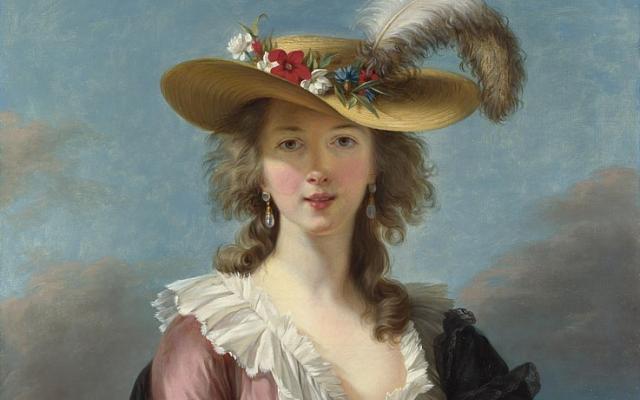
© » ART & OBJECT
10 Undersung Women Artists Across 500 Years | Art & Object Skip to main content Subscribe to our free e-letter! Webform Your Email Address Role Art Collector/Enthusiast Artist Art World Professional Academic Country USA Afghanistan Albania Algeria American Samoa Andorra Angola Anguilla Antarctica Antigua & Barbuda Argentina Armenia Aruba Ascension Island Australia Austria Azerbaijan Bahamas Bahrain Bangladesh Barbados Belarus Belgium Belize Benin Bermuda Bhutan Bolivia Bosnia & Herzegovina Botswana Bouvet Island Brazil British Indian Ocean Territory British Virgin Islands Brunei Bulgaria Burkina Faso Burundi Cambodia Cameroon Canada Canary Islands Cape Verde Caribbean Netherlands Cayman Islands Central African Republic Ceuta & Melilla Chad Chile China Christmas Island Clipperton Island Cocos (Keeling) Islands Colombia Comoros Congo - Brazzaville Congo - Kinshasa Cook Islands Costa Rica Croatia Cuba Curaçao Cyprus Czechia Côte d’Ivoire Denmark Diego Garcia Djibouti Dominica Dominican Republic Ecuador Egypt El Salvador Equatorial Guinea Eritrea Estonia Eswatini Ethiopia Falkland Islands Faroe Islands Fiji Finland France French Guiana French Polynesia French Southern Territories Gabon Gambia Georgia Germany Ghana Gibraltar Greece Greenland Grenada Guadeloupe Guam Guatemala Guernsey Guinea Guinea-Bissau Guyana Haiti Heard & McDonald Islands Honduras Hong Kong SAR China Hungary Iceland India Indonesia Iran Iraq Ireland Isle of Man Israel Italy Jamaica Japan Jersey Jordan Kazakhstan Kenya Kiribati Kosovo Kuwait Kyrgyzstan Laos Latvia Lebanon Lesotho Liberia Libya Liechtenstein Lithuania Luxembourg Macao SAR China Madagascar Malawi Malaysia Maldives Mali Malta Marshall Islands Martinique Mauritania Mauritius Mayotte Mexico Micronesia Moldova Monaco Mongolia Montenegro Montserrat Morocco Mozambique Myanmar (Burma) Namibia Nauru Nepal Netherlands Netherlands Antilles New Caledonia New Zealand Nicaragua Niger Nigeria Niue Norfolk Island Northern Mariana Islands North Korea North Macedonia Norway Oman Outlying Oceania Pakistan Palau Palestinian Territories Panama Papua New Guinea Paraguay Peru Philippines Pitcairn Islands Poland Portugal Puerto Rico Qatar Romania Russia Rwanda Réunion Samoa San Marino Saudi Arabia Senegal Serbia Seychelles Sierra Leone Singapore Sint Maarten Slovakia Slovenia Solomon Islands Somalia South Africa South Georgia & South Sandwich Islands South Korea South Sudan Spain Sri Lanka St...

© » KADIST
Kelly Sinnapah Mary
2021Notebook 10 , l ‘enfance de sanbras (The Childhood of Sanbras) series by Kelly Sinnapah Mary is a sequel to an earlier series by the artist titled Cahier d’un non retour au pays natal (2015)...
